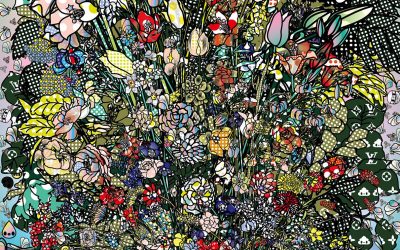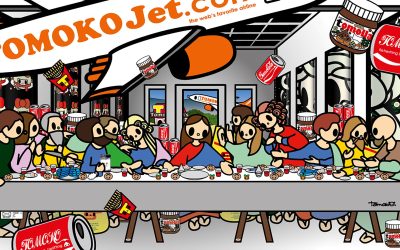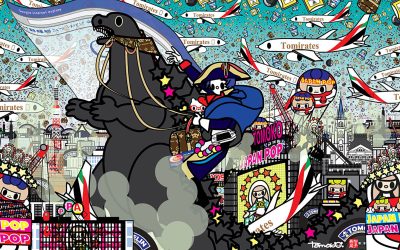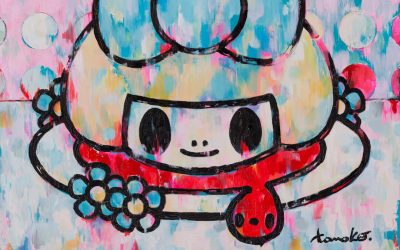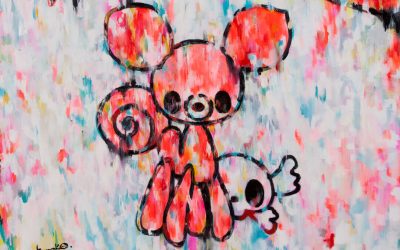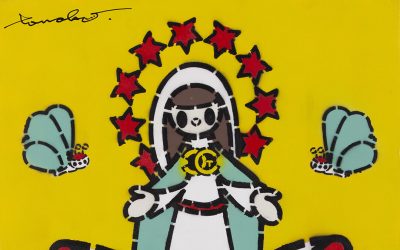Tomoko Nagao nasce a Nagoya, in Giappone, nel 1976 ma attualmente vive e opera a Milano.
Diplomatasi dapprima presso il SAGA Art College, prosegue la sua formazione all’interno del prestigioso Chelsea College of Art and Design di Londra. Viene profondamente influenzata dalle figure stilizzate di Nara Yoshimoto e dal movimento artistico postmoderno del SuperFlat di Murakami Takahashi.
Tomoko reinterpreta il super-flat tramite i classici dell’arte: da Caravaggio a Botticelli. All’interno delle sue opere i confini tra arte classica e nuovi valori della cultura pop contemporanea si assottigliano a tal punto da creare una profonda contaminazione.
Il suo linguaggio pittorico ma soprattutto grafico può essere ammirato in moltissimi spazi milanesi e non solo. La sua filosofia si basa su una critica matura al consumismo di massa e ai disastri ambientali, soprattutto dopo la catastrofe del terremoto e dello Tsunami che si è abbattuto in Giappone nel 2011 scatenando la furia nucleare di Fukushima. Nelle sue grandi composizioni sono spesso presenti i marchi delle grandi multinazionali, associati non di rado a fenomeni di costume e società, richiamo, a loro volta, non solo all’attualità, ma anche all’iconografia della pittura tradizionale giapponese.
Tomoko Nagao was born in Nagoya, Japan, in 1976 but currently lives and works in Milan.
Having first graduated from SAGA Art College, she continued her training at the prestigious Chelsea College of Art and Design in London. She is deeply influenced by the stylized figures of Nara Yoshimoto and the postmodern art movement of Murakami Takahashi’s SuperFlat.
Tomoko reinterprets the super-flat through the classics of art: from Caravaggio to Botticelli. Within her works the boundaries between classical art and the new values of contemporary pop culture become so thin as to create a profound contamination.
Her pictorial but above all graphic language can be admired in many spaces in Milan and beyond. Her philosophy is based on a mature criticism of mass consumerism and environmental disasters, especially after the catastrophe of the earthquake and tsunami that struck Japan in 2011 triggering the nuclear fury of Fukushima. In addition, in her large compositions are often present the brands of large multinational corporations, not infrequently associated with phenomena of custom and society, recall, in turn, not only to current events, but also to the iconography of traditional Japanese painting.
Shop

